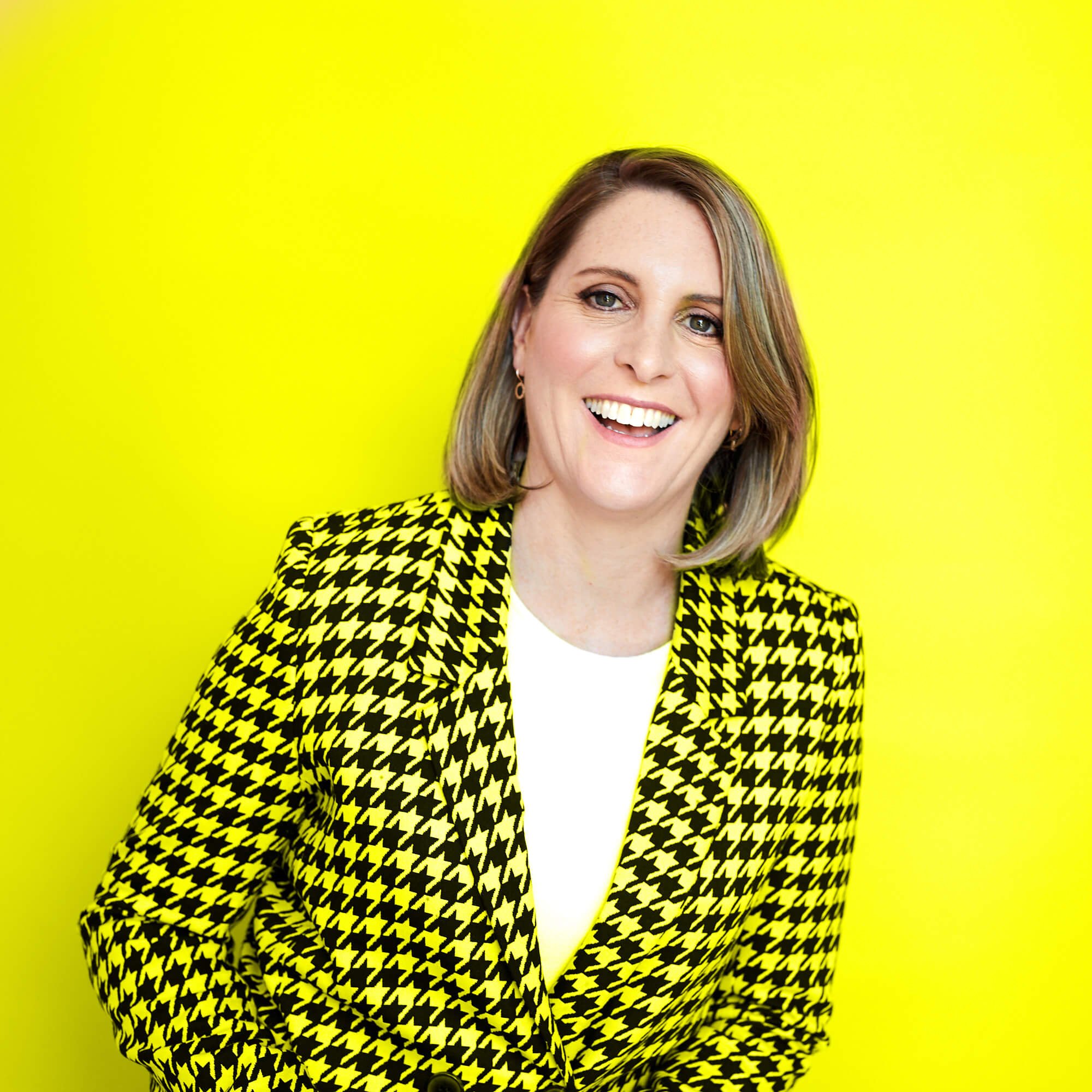What's the problem here?
Recently I was asked to moderate at a General Assembly (GA) event entitled ‘How to Land a Job at Top Tech Companies'. The event was aimed at offering GA students and graduates a chance to ask an awesome guest panel a series of questions that will help prepare them when applying for jobs, as well as offering them insights on the environments they are in.
I read a series of pre-arranged questions to the panel, which represented top tech companies such as Facebook, Atlassian, and Grumpy Sailor Creative. Every hand went up when the audience was offered the chance to ask questions.
When asked by a recent creative graduate how she should prepare before an interview, I replied that her portfolio must stand out. Common sense right?
Once the QA session ended, a queue of people started to form around me. How do I present my portfolio? What do clients look for?
I began to notice a clear gap.
Here are some key tips on how I feel you can master your portfolio presentation.
The Fools Folio
When I started working for Aquent nearly 2 years ago, I had never worked with design creatives before. I didn't even know what a good design portfolio looked like!
The first print creative I met walked in with an A2 folder, which held pretty much every piece of work he had previously designed. Pages and pages of designs, annual reports curled up on the edges where the colour had faded along with the enthusiasm he had in presenting them.
As he opened his file, pages flung out on to the floor. He spent a few minutes trying to re-organise himself but unfortunately he had already lost me. By that point I was thinking about the weekend ahead and whether I should be heading to the beach or not.
Surely there are better ways of presenting your work, I thought? What would my clients think of this presentation style? This simply won't do.
The first couple of minutes are the most important when making that first impression, so make sure you put your best foot forward.
The following message goes out to all those people who think this is still acceptable! Take note.
Join the Digital masses
Believe it or not, we live in a digital world people!
The best portfolios I have seen have been presented digitally. You don't have to be a front end developer to build a website these days. There are plenty of templated sites that will allow you to upload your work in a creative way that will suit your style.
You're a designer — the more creative you are, the more you will impress your audience. Make sure you take time to think about the look and feel. What does my website say about me? What message am I trying to give?
Make yourself relevant
Pick your favourite design pieces and be prepared to discuss them in detail.
Make sure they are recent and that they represent who you are as a designer. No-one cares about work dated 10 years ago. Pick a maximum of 5 projects that you think are your best and talk about them with enthusiasm.
Show your diversity
If you have a diverse portfolio, show it. If you have designed a range of collateral, show examples. If you are a print creative and you have designed for digital assets, show them. If you are a UI designer and have designed wireframes, show those too.
Don't make assumptions that people will know what you have designed.
Constantly learn
More commonly our clients are looking for varied hybrid skill-sets and are more impressed with designers who are consistently learning.
There are both paid and free courses that will allow you to enhance your skills, making you more desirable to businesses.
Make sure you put the courses you've completed on your résumé!!
Be your biggest fan
If you can't sell your own design work, who will?
Clients are constantly telling us of the importance of stakeholder engagement skills. You need to present yourself and your work with enthusiasm and confidence. Look your interviewer in the eye, use your hands to show your passion, smile to acknowledge what they are saying, and be prepared to answer questions
The key things to remember
- Present your work Digitally, we are living in the Digital age
- Pick your best pieces, show your range
- Be passionate, this is your work so who better to present it than you
It's up to you to get this right. This is the perfect opportunity for you to shine. When it comes to your portfolio you're a Creative — so be Creative!
ABOUT THE AUTHOR
Liam Pietzka
I manage the Aquent business in Sydney, which specialises in finding freelance Design and Development Digital talent and placing them within Corporate businesses across Sydney. I have a vast amount of recruitment experience across a wide range of industries within SME and Corporate organisations. My focus on customer service has been pivotal in the success of my career and has allowed me to sustain long term relationships with my clients and accolade with my colleagues. I am a keen problem solver with a strong ability to build professional relationships in an honest way, gaining credibility in the process. I have always gained credibility in my fields very quickly and have been awarded throughout my career for the urgency and service I provide my clients. I am responsible for driving Aquent's growth and market share through key focused BD and team development.
Latest.

AI adoption failing isn’t the tech, it’s the people. How smart businesses overcome this.
Technology, Thought Leadership, Industry Trends

Temp-to-perm is the best way to hire today.
Hiring Insights

How to keep top talent: Strategies for successful onboarding
Hiring Insights, Ask Aquent, Training Resources


